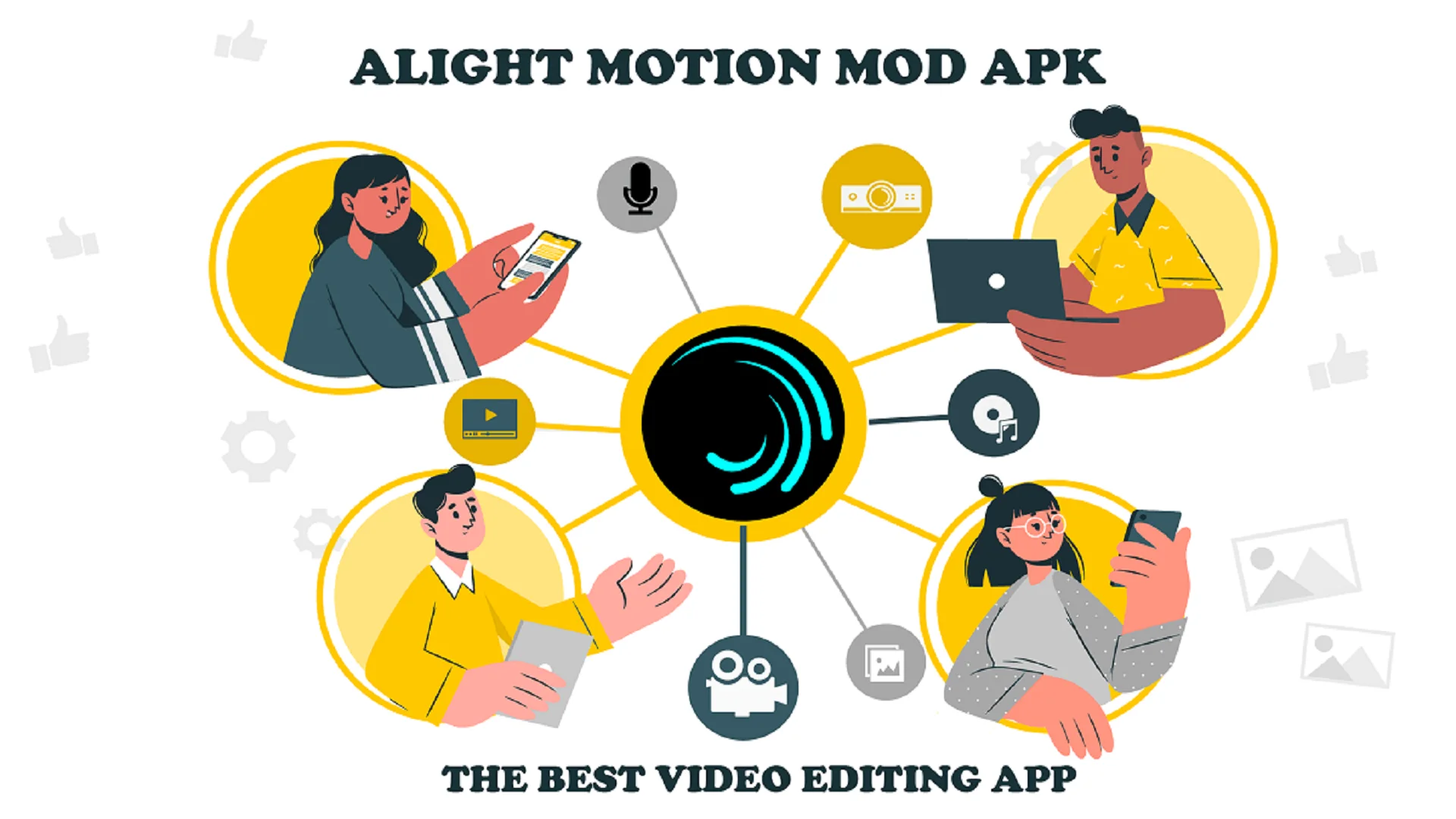Your cart is currently empty!
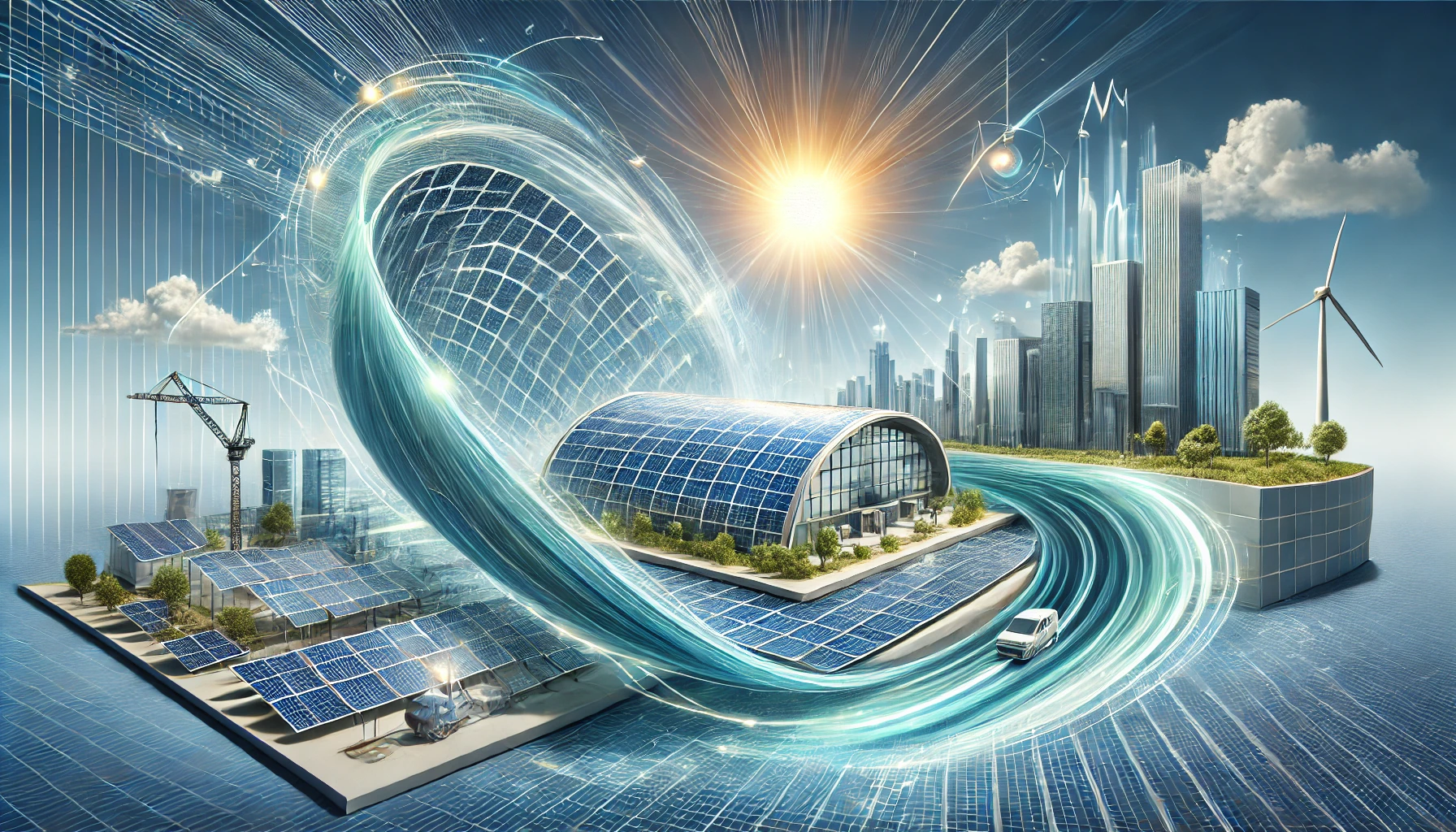
Technology and Energy: Driving an Unstoppable Green Revolution
The integration of technology and energy has profoundly transformed industries and daily life in the United States. From renewable energy systems to smart grids, innovative technologies are reshaping how energy is produced, managed, and consumed. This synergy between technology and energy is not only driving efficiency but also paving the way for sustainable solutions to…
The integration of technology and energy has profoundly transformed industries and daily life in the United States. From renewable energy systems to smart grids, innovative technologies are reshaping how energy is produced, managed, and consumed. This synergy between technology and energy is not only driving efficiency but also paving the way for sustainable solutions to address challenges like climate change and energy security.
In this article, we delve into the key aspects of how technology and energy collaborate, explore current advancements, and envision the future of this dynamic relationship with a focus on the United States.
Table of Contents

1. The Relationship between Technology and Energy
Defining the Synergy
Technology refers to tools, systems, and processes that solve problems, while energy is the capacity to perform work. Together, they create a more efficient, reliable, and sustainable energy ecosystem. This synergy enables advancements like renewable energy systems, smart grids, and energy-efficient technologies that power homes, industries, and cities.
A Historical Perspective
- Industrial Revolution:
During the 18th and 19th centuries, steam engines revolutionized the use of energy. Powered by coal, these engines drove the expansion of industries like steel, textiles, and transportation. The United States experienced significant industrial growth during this time, with cities like Pittsburgh and Detroit becoming major industrial hubs.
Example: Railroads, a key feature of the Industrial Revolution, enabled the movement of goods and people across vast distances, transforming the U.S. economy and creating the foundation for modern logistics systems.
- Electric Age:
In the late 19th and early 20th centuries, electricity became the dominant form of energy. Thomas Edison’s invention of the light bulb and the establishment of electrical grids revolutionized daily life. Nikola Tesla’s development of alternating current (AC) systems made long-distance energy transmission feasible, shaping modern power distribution networks.
Example: The electrification of cities like New York and Chicago not only improved living conditions but also enabled the rise of industries reliant on machines powered by electricity.
- Digital Age:
The latter half of the 20th century introduced computing technologies, dramatically enhancing energy management. Silicon Valley innovations led to the development of smart technologies that improved the efficiency of power generation and consumption.
Example: Companies like Google and Apple spearheaded efforts to integrate AI and data analytics into energy systems, optimizing the operation of renewable energy plants and enabling smart home automation.
This historical progression underscores how the integration of technology with energy has consistently driven societal transformation. Each era has built upon the previous one, culminating in the interconnected and sustainable systems we see today.

2. Advancements in Energy Technology
Renewable Energy Technologies
- Solar Panels
- Advanced photovoltaic (PV) cells convert sunlight into electricity with unprecedented efficiency. The U.S. leads in residential solar installations, particularly in sunny states like California, Arizona, and Florida.
- Example: Tesla’s solar roof tiles seamlessly integrate into homes, producing clean energy while maintaining aesthetic appeal.
- Expanded Example: Companies like SunPower and First Solar are spearheading utility-scale solar farms in Texas and Nevada, providing electricity to millions of homes.
- Wind Turbines
- Smarter designs and AI-driven analytics have boosted energy output while reducing costs. The U.S. Midwest, known as the Wind Belt, is a global leader in wind energy production.
- Example: Iowa and Oklahoma host some of the largest wind farms in the world, powering over 10% of the U.S. electricity grid.
- Expanded Example: Offshore wind projects near New York and Massachusetts are paving the way for a new era of renewable energy generation along the coasts.
- Hydropower and Tidal Energy
- AI optimizes water flow and turbine operation to generate consistent electricity. Hydropower already supplies about 6% of the total U.S. electricity demand.
- Example: The Grand Coulee Dam in Washington State is a shining example of large-scale hydropower in action.
- Expanded Example: Emerging tidal energy projects in Alaska are exploring the untapped potential of marine power to support remote communities.
Smart Grids
Smart grids use technology like IoT and AI to manage electricity distribution dynamically.
- Reduce energy waste by balancing supply and demand in real-time.
- Example: The U.S. Department of Energy’s Smart Grid Program enhances grid resilience against natural disasters, particularly in hurricane-prone regions like the Gulf Coast.
- Expanded Example: Pacific Gas & Electric in California uses smart grid systems to prevent and mitigate the impact of wildfires by cutting power to high-risk areas during extreme weather conditions.
Battery Storage Systems
Energy storage technologies store excess energy for later use, ensuring consistent supply.
- Lithium-ion batteries dominate the market for home and industrial applications. Tesla’s Gigafactory in Nevada produces cutting-edge batteries to support renewable energy storage.
- Example: Tesla Powerwall enables households in states like Arizona and Colorado to store solar energy for off-peak use.
- Expanded Example: Large-scale battery projects like Moss Landing in California are transforming how the U.S. manages grid stability and renewable energy integration.
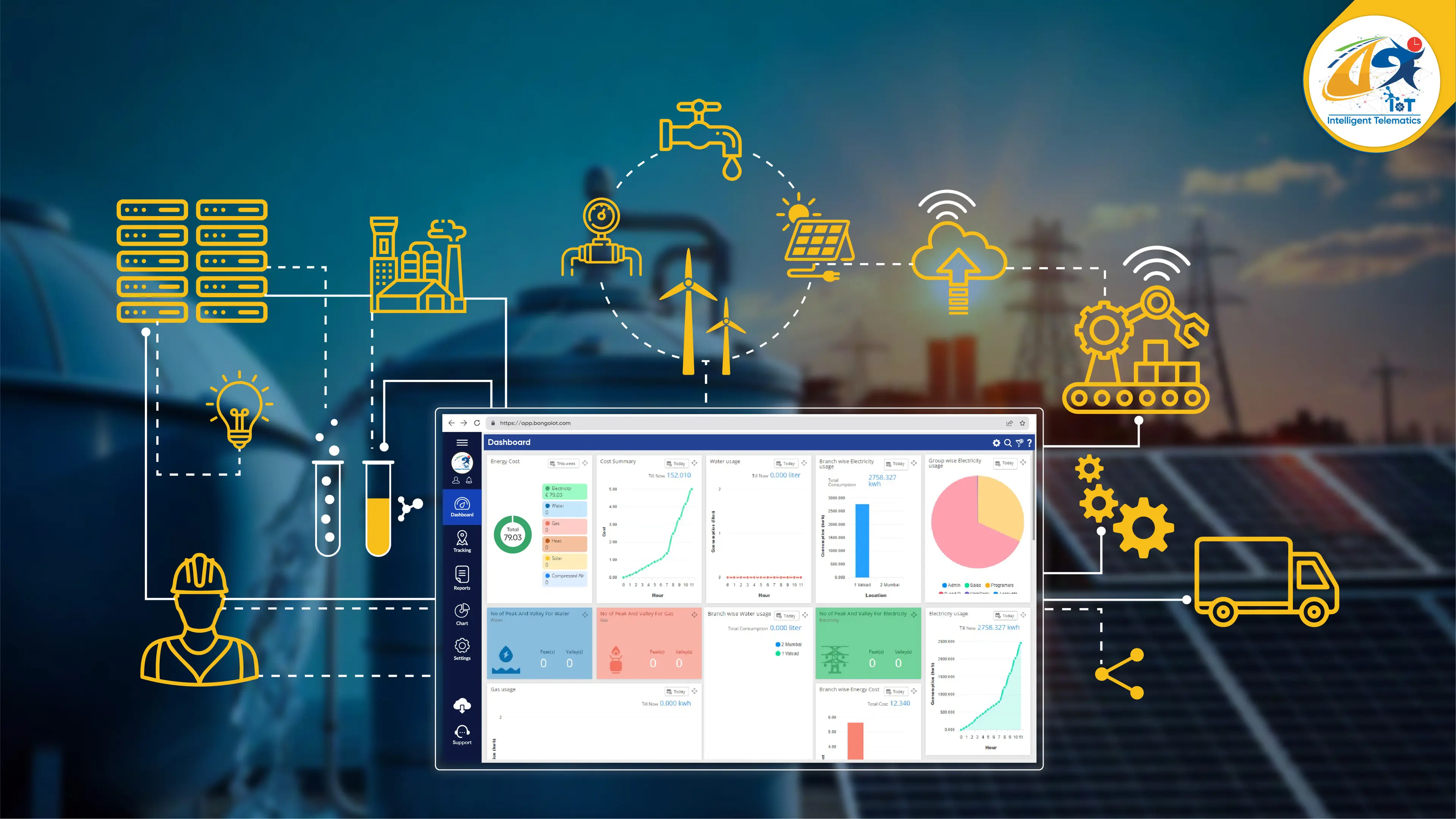
3. Technology-Driven Energy Management
Energy Monitoring and Control
Technology has enabled precise energy monitoring and control, empowering individuals and businesses to optimize their energy consumption while reducing costs and environmental impact. Smart devices and systems are at the forefront of this transformation.
- Smart Thermostats
Smart thermostats like Nest and Ecobee are widely used in U.S. households to monitor and manage heating and cooling systems efficiently. These devices analyze user habits and adapt accordingly to optimize energy use.- Example: In regions like Texas, where summers can be scorching, and Minnesota, with its freezing winters, smart thermostats can automatically adjust temperatures during peak usage times, ensuring comfort while lowering electricity bills.
- Expanded Use Case: Many U.S. utility companies, such as Pacific Gas & Electric (PG&E), offer rebates for adopting smart thermostats, encouraging energy efficiency and reducing strain on the grid during extreme weather events.
- Home Automation Systems
Advanced home automation systems integrate appliances, lighting, HVAC (Heating, Ventilation, and Air Conditioning), and other devices into a single, manageable ecosystem.- Examples: Amazon’s Alexa and Google Home not only allow users to control energy-consuming devices remotely but also provide insights into energy usage patterns.
- Expanded Example: In California, homeowners using home automation systems can program their devices to run appliances during non-peak hours, taking advantage of lower electricity rates and reducing grid load.
- Industrial Applications
Energy management systems aren’t limited to residential settings. In industries, IoT enabled energy monitoring tools help companies optimize machinery usage, minimize downtime, and reduce overall energy consumption.- Example: Factories in Michigan and Illinois use IoT-enabled devices to monitor heavy equipment energy consumption, ensuring operational efficiency while meeting sustainability goals.
Blockchain in Energy Trading
Blockchain technology is revolutionizing the energy sector by enabling decentralized and secure energy trading platforms. These platforms allow individuals to trade energy directly without relying on intermediaries, fostering local energy solutions and promoting renewable energy adoption.
- Peer-to-Peer Energy Trading
With blockchain, homeowners with solar panels can sell excess energy directly to neighbors, creating a localized energy economy. Transactions are secure, transparent, and efficient, ensuring fair compensation for both buyers and sellers.- Example: The Brooklyn Microgrid in New York is a pioneering initiative where residents trade solar energy locally. The project reduces dependence on centralized energy providers and promotes community-driven solutions.
- Expanded Use Case: In Denver, Colorado, pilot programs are exploring how blockchain-based trading can integrate renewable energy sources into the grid more seamlessly. These initiatives aim to empower communities to manage their energy needs more independently, reducing costs and enhancing sustainability.
Integration with Electric Vehicles (EVs)
Another emerging aspect of technology-driven energy management is its integration with EVs. Smart grids and blockchain technologies facilitate the efficient charging of EVs while enabling vehicle-to-grid (V2G) energy trading.
- Example: Tesla’s Powerwall combined with their EV products allows homeowners to charge their vehicles using solar energy and sell excess power back to the grid.
- Expanded Example: In California, cities like San Diego are deploying EV charging stations that dynamically adjust pricing based on grid demand, encouraging sustainable energy use and optimizing grid performance.
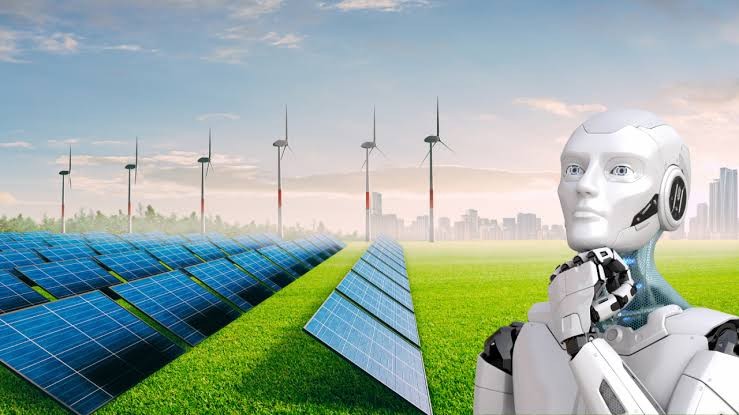
4. The Role of AI and IoT in Energy
Artificial Intelligence (AI)
AI predicts energy demand and optimizes supply:
- Reduces operational costs.
- Improves renewable energy forecasts for solar and wind power.
- Example: Utilities like Duke Energy use AI to predict peak demand times and allocate resources efficiently across the southeastern U.S.
Internet of Things (IoT)
IoT devices collect data from sensors in homes, factories, and power plants:
- Enable real-time monitoring and control.
- Improve energy efficiency by automating tasks like turning off unused lights.
- Expanded Example: General Electric’s Predix platform integrates IoT to manage power plants and industrial facilities across the country.
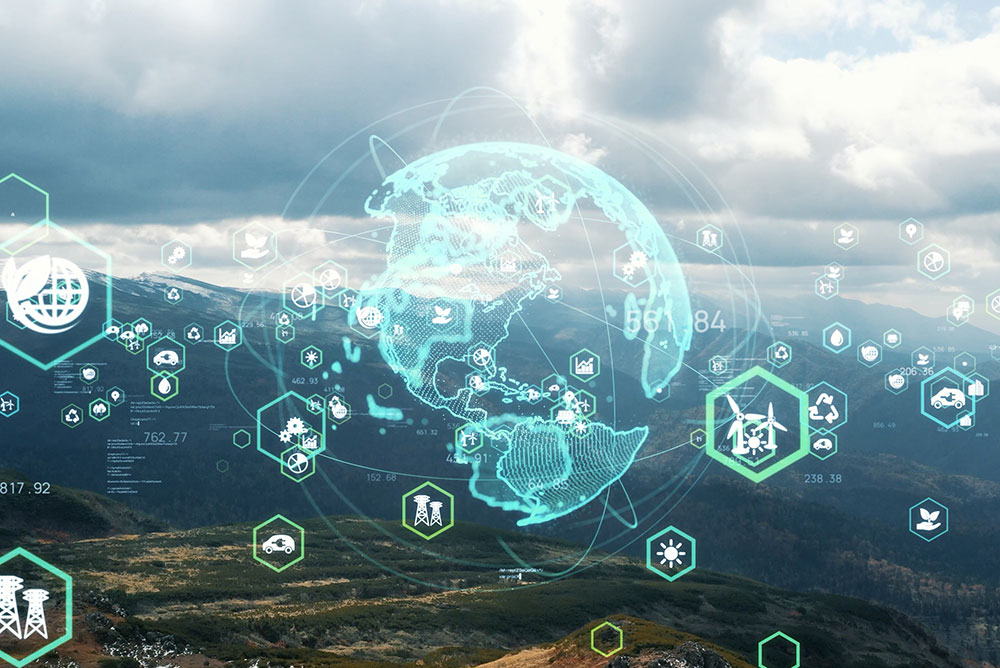
5. The Future of Technology and Energy
Hydrogen Energy
Hydrogen fuel cells, powered by AI optimization, are emerging as a clean alternative to fossil fuels. The U.S. Department of Energy is funding projects in California and Texas to scale hydrogen infrastructure.
Space-Based Solar Power
Collecting solar energy in space and transmitting it to Earth could revolutionize energy availability. NASA is exploring feasibility studies, making the U.S. a leader in this futuristic technology.
Energy-Efficient Quantum Computing
Quantum computers promise to perform complex calculations using significantly less energy than traditional computing systems. Companies like IBM and Google are developing these technologies at their U.S. research centers.
6. Benefits of Technology-Energy Integration
| Aspect | Impact |
| Environmental Benefits | Reduces carbon emissions through renewable energy adoption. |
| Economic Efficiency | Lowers energy costs via smart grids and efficient devices. |
| Energy Accessibility | Provides electricity to remote areas with solar tech. |
| Disaster Resilience | Enhances recovery efforts with smart grid technologies. |
7. Challenges and Solutions
| Challenge | Proposed Solution |
| High Initial Costs | Government subsidies and incentives. |
| Cybersecurity Risks | Advanced encryption and AI-driven monitoring. |
| Technology Adaptation in Developing Nations | International collaborations and funding support. |
8. Conclusion
The partnership between technology and energy is reshaping the modern world, driving us toward a sustainable and innovative future. As the U.S. embraces advancements like AI, IoT, and renewable energy, the potential for a greener planet becomes a reality. However, addressing challenges like costs and cybersecurity will require global cooperation and continued investment.
By leveraging this powerful synergy, we can create a more efficient, resilient, and equitable energy ecosystem for generations to come.
Call to Action: Explore how emerging technologies can transform your energy consumption and make sustainable living part of your everyday life.
FAQs
1. How do smart grids benefit energy systems?
Smart grids balance electricity supply and demand in real-time, reducing waste and enhancing reliability.
2. What are some examples of IoT in energy management?
IoT devices like smart thermostats and automated lighting systems optimize energy usage in homes and industries.
3. Why is renewable energy important?
Renewable energy reduces greenhouse gas emissions, combats climate change, and ensures a sustainable energy supply.
4. How does block chain help in energy trading?
Block chain enables secure peer-to-peer energy trading, eliminating intermediaries and fostering decentralized energy markets.
5. What is the future of AI in energy?
AI will play a critical role in demand forecasting, energy optimization, and enhancing the efficiency of renewable energy systems.
Interesting Read: In 2025 How E-Readers Are Changing the Way We Read: Exploring Popular Devices like Kindle – Tech To Know


